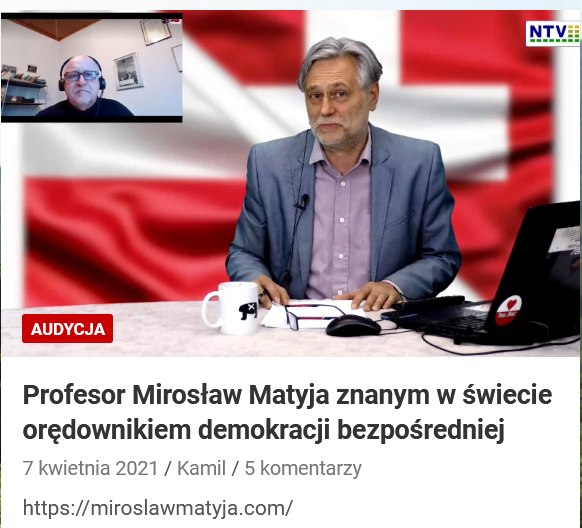Firing Temperature Effect on the Thermo-structural Properties of Clay for Refractory Purposes: A Comparative Study on Nigerian Clay Deposits
Abstract
A comparative study on firing temperature effect on the thermo-structural properties of clay for refractory purposes, have been carried out on three Nigerian clay deposits (Mgbom, Amokwe and Amagu Ishiagu clay deposits). Three firing temperatures; 900, 1100 and 1200oC were considered in the study. Standard clay preparation procedures were employed in setting up the experiment, these include; crushing, soaking, drying, grinding, sieving, blending and moulding. Six refractory property tests (linear shrinkage, bulk density, apparent porosity, water absorption, thermal shock resistance and refractoriness) were carried out on the prepared clay according to ASTM standards. For the purpose of microstructural characteristics, the Scanning Electron Microscope (SEM) test was also conducted. The test result gave a 27.26 - 42.53N/mm2, 4.09 – 9.27% 1.66 – 2.07g/cm3 1.01 – 15.65% 19-28 cycles for modulus of rupture, linear shrinkage, bulk density, apparent porosity and thermal shock respectively. The microstructural analysis showed a level of similarity between that of Mgbom and Amagu while that of Amokwe gave a number of visible pores. From the analysis of the obtained results 1200oC firing temperature was recommended among the studied temperatures.
Keywords
Full Text:
PDFReferences
AL-Amaireh M. (2009). Production of fire clay refractory bricks from local material. Eur J SciRes; 26: 386-392.
Aliyu M, Musa U, Mohammed I, et al. (2012). Comparative study on the refractory properties of selected clays in north central Nigeria. Acad Res Int; 3: 393-398.
Aremu D, Aremu J and Ibrahim H. (2013). Analysis of Mubi clay deposit as a furnance lining. Int J SciTechnol Res; 2: 182 -186.
Chima O, Nwankwo N and Nnuka E. (2016). Characterization of AmaiyiEdda clay deposits as refractory material for furnace lining. JEngApplied Sci; 10: 93 -106.
Chima O, Nwoye C and Nnuka E. (2017). Enhancement of Refractory Properties of Blended Clay with Groundnut shell and Rice Husk Additives. Am J Eng Res; 6: 218-226.
Folarami J. (2009). The effect of saw dust additive on the properties of clay.AU J T; 13: 53-56.
Javed, A., Ahmed, V., & Amal, B. K. (2021). The Social safety nets and poverty alleviation in Pakistan: an evaluation of livelihood enhancement and protection Programme. Britain International of Humanities and Social Sciences (BIoHS) Journal, 3(1), 21-36.
John F and Olayinka O. (2014). The Effect of Sawdust on the Insulating Effect of Ikere Clay as Refractory Lining. AU J T; 17: 143-147.
Nnuka E and Agbo U. (2000). Evaluation of the refractory characteristics of Otukpo clay deposit. NSE Technical Transaction; 35: 32-40.
Omowumi, O. (2001). Characterization of some Nigerian Clay as Refractory Material for Furnance Lining. Nig J Eng Manage; 2: 1-4.
Romanus, N., Orji, M. G., & Chris, O. (2024). Assessing the Effectiveness of Green Business Practices on Nigerian Economic Sustainability: A Study of Dawaki Groups, Kano, Nigeria. Economit Journal: Scientific Journal of Accountancy, Management and Finance, 4(2), 116-130.
Rusli, Z., Meiwanda, G., & Sadad, A. (2021). Institutional Governance for the Utilization of Post Replanting Sustainable Palm Oil in Riau Province. Britain International of Humanities and Social Sciences (BIoHS) Journal, 3(1), 60-70.
Safeer A, Yaseen I and Raz M. (2014). Effect of coal and wheat husk additives on the mechanical properties of clay brick. BolSocEsp Ceram V; 56: 131 – 136.
DOI: https://doi.org/10.33258/birex.v7i2.8045
Article Metrics
Abstract view : 9 timesPDF - 3 times
Refbacks
- There are currently no refbacks.

This work is licensed under a Creative Commons Attribution-ShareAlike 4.0 International License.

This work is licensed under a Creative Commons Attribution-ShareAlike 4.0 International License.

_.gif)
















_.gif)


